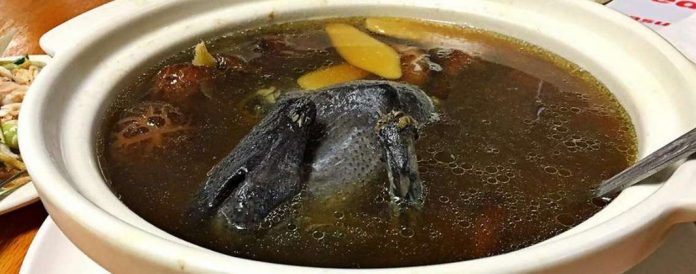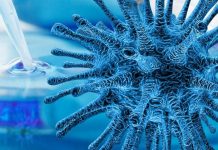At the beginning of the 20th century, the most lethal of the three variants of the HIV virus and responsible for the AIDS pandemic spread along the Sangha River in Cameroon, from chimpanzees who inhabited remote parts of the country’s jungle and were consumed. Ebola began to infect humans from bats consumed by the population.
“It was no longer a question of ‘if’, but of ‘when’ a virus would jump from animals to humans. We were preparing for something like that,” the World Health Organization (WHO) technical head for the covid- told the BBC. 19, Maria Van Kerkhove.
Silent intruder
It is almost certain that you will never be able to know who was the zero patient of the current pandemic, even though there is a consensus that he was infected by a wild animal.
“These diseases are emerging more frequently in recent years as a result of human invasion of wild habitat and increased contact and consumption of wild animals,” explained Zoological Society professor London C Andrewham.
For infectologists, the majority of diseases that now emerge among human communities started with a virus jumping, without being noticed, the barrier between species. Not only SARS-CoV-2, but also the viruses that cause Ebola, rabies, and SARS and MERS flu originated from wild bat populations.
The virus intermediary
Taking the bat virus to the human cell was only possible thanks to an intermediary: the wildlife trade. With the evidence gathered from other outbreaks, scientists believe that one way to prevent a future pandemic is, on a global scale, to fight to end the trade in wild animals, a source of disease transmission between species.
In the case of the cause of covid-19, the virus’s gateway to the world of humans was not the popular market in Wuhan, the ground zero of the pandemic. “The initial set of infections was associated with the market, but this is circumstantial. The infection could have come from elsewhere and, by chance, be transmitted due to the crowding of people in the market,” explained Cambridge University professor James Wood.
For Professor Cunningham, wildlife markets are warehouses for diseases that live in animals to find new hosts. “Mixing a large number of species that normally do not have contact, and still in poor hygiene conditions, is offering opportunities for pathogens to move from one species to another.”
Eat up everything
In the case of SARS, humans were contaminated by civets (a small carnivorous animal), marketed as food in southern China. The clues to the missing link in the SARS-CoV-2 transmission chain have led scientists to animals as diverse as ferrets and turtles.
Coronaviruses were also found in pangolins (hedgehog-like animal, widely trafficked). However, the sequencing of the virus genome found in this animal showed a similarity of only 90.3% compared to SARS-CoV-2 (99.8% are needed to establish a link between the mutations).
The only certainty in this search is that the trade in wild animals increases the possibility of being contaminated by unknown diseases that silently search for a new host.










